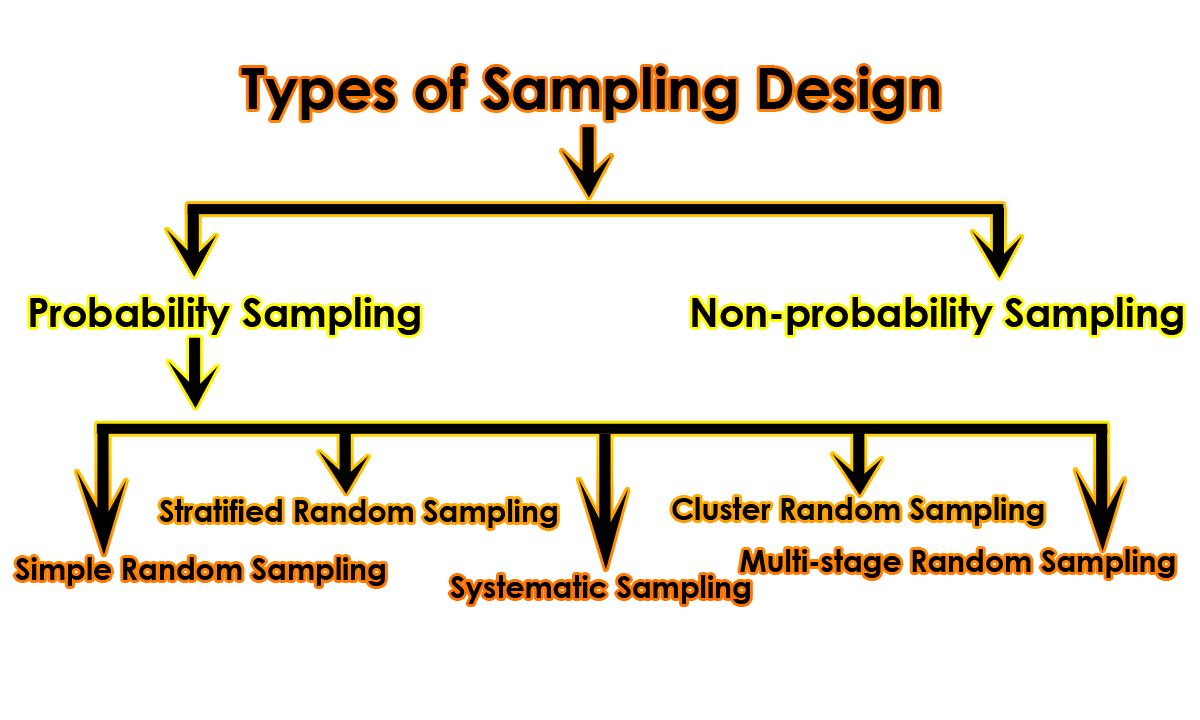
The path from the Samples~ folder to the sample’s root folder.

The description doesn’t appear in the interface, even as a tooltip. Search for the Sampling Preferences page over the profile and opt-in for enrolling your name in the program. The manifest contains information such as the name of the package, its version, a description for users, dependencies on other packages (if any), and other details. This is just for the package manifest Each package has a manifest, which provides information about the package to the Package Manager. The name of the sample as it appears in the package details on the Package Manager window.Ī brief description of what the sample demonstrates or contains. For each sample, add a JSON object containing at least the displayName and the path to the samples folder: Value: For example, a package with shader samples might look something like this: MyPackageĪdd a JSON array to the package.json file called samples. You can add your sample assets under subfolders of the Samples~ folder of your package. meta files.Īdd a JSON object for each sample under the samples array in your package.json manifest file. Note: The tilde character ( ~) tells Unity to ignore the contents the Samples~ folder. You can have more than one sample in a package: each subfolder of the Samples~ folder contains one sample.
Amazon sampling preferences page code#
Put the asset files or example C# code files under the Samples~ folder. When the user clicks the Import button, the Package Manager copies the whole subfolder structure for that sample under the project’s Assets folder.


When a user opens the Package Manager window and selects a package containing samples, an Import button appears in the package’s details pane for each sample in the package. More info See in Glossary and textures, some animation, or any other files that you can usually find under the project’s Assets folder. A sample might be a piece of example code, some shaders A program that runs on the GPU. As of 2019.1, you can add samples to a package.


 0 kommentar(er)
0 kommentar(er)
